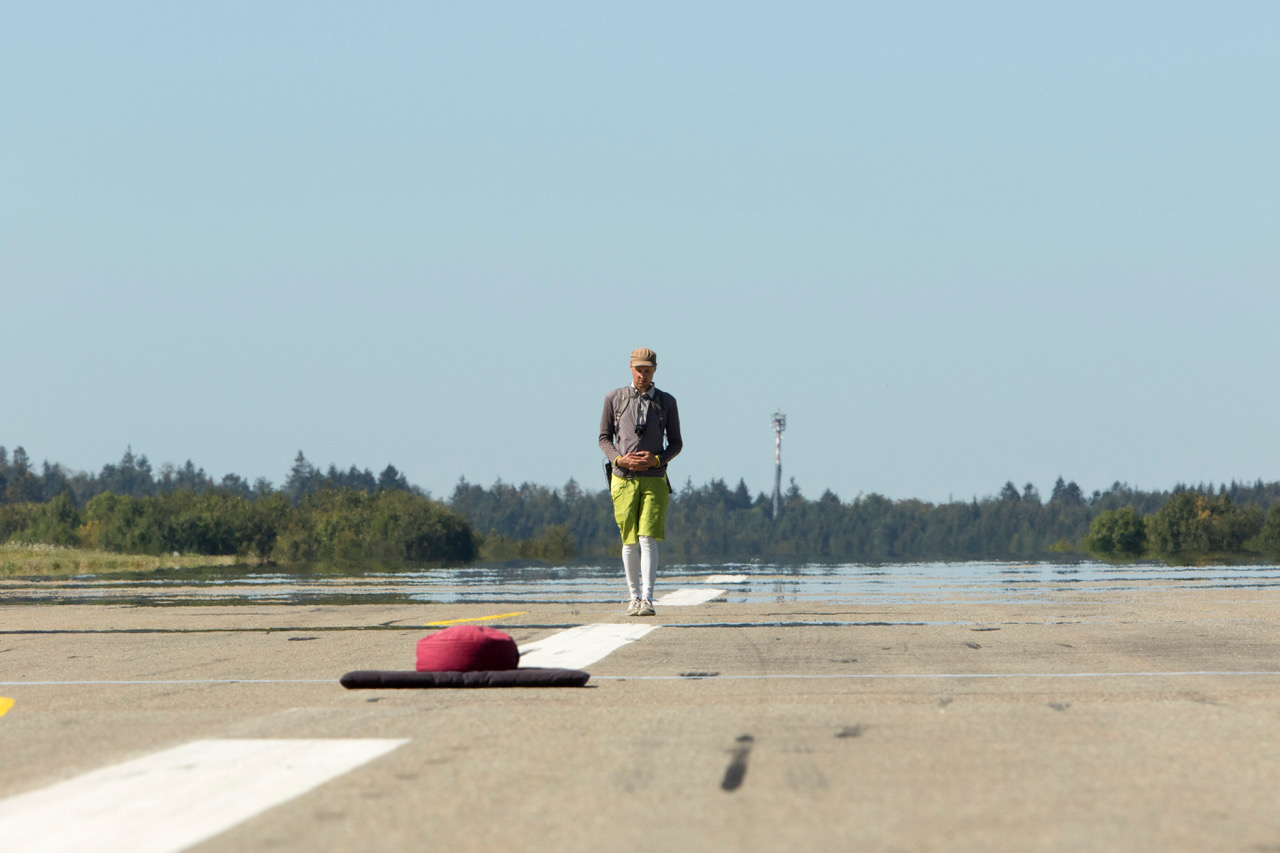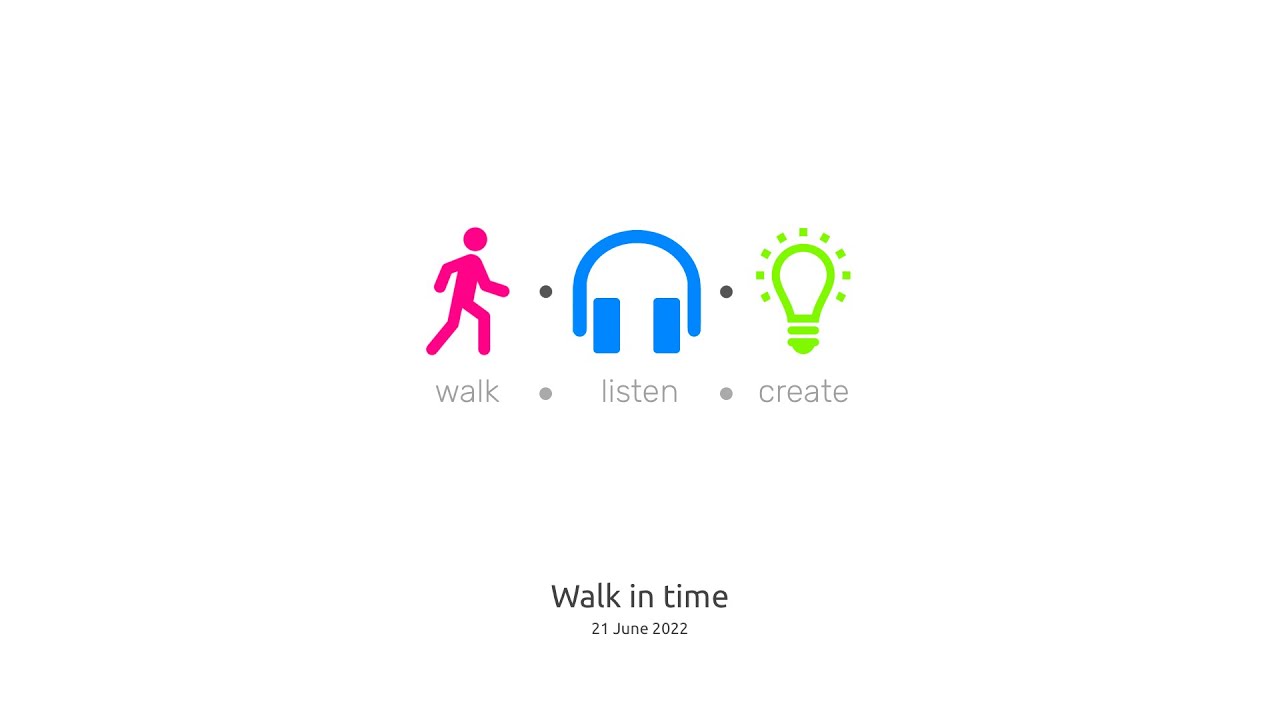Why not slow down? In a world that thrives on constant growth, competition, action and speed, slowing down is more important than ever.For this reason, the German artist Daniel Beerstecher performed the first slow-walk marathon in history at the Walk in Time performance. Over a distance of 42.195 km, he moved forward so slowly that he covered just 120 metres per hour. A total of 6 hours a day, for 10 weeks, in meditative walking along the Danube. In the flow of time, close to standstill, slowness became tangible and tangible through digital instruments.
Daniel Beerstecher will speak about this extensive and extremely demanding performance and embed it in his artistic work in his talk.Installations, travel and video performances and wanderings in which he meets a random public characterise his artistic work. In this process, the art is taken out of conventional spaces and emerges in public space as part of the process. The aim here is to create new interpretive spaces and, in a certain sense, to put the “world order” to the test.
|
Café recording Only available to registered users. |




